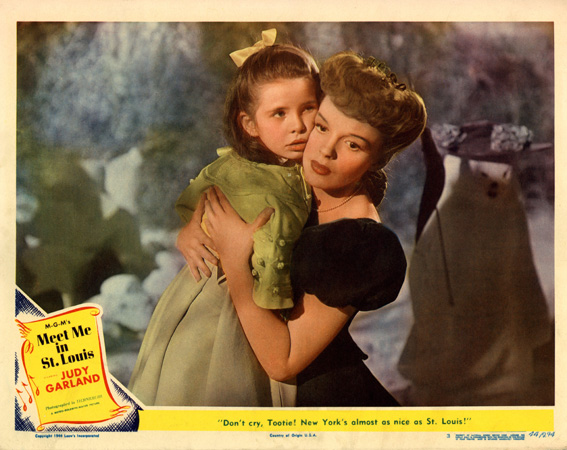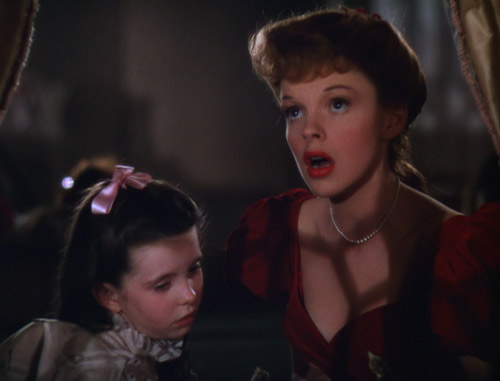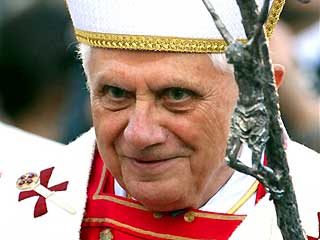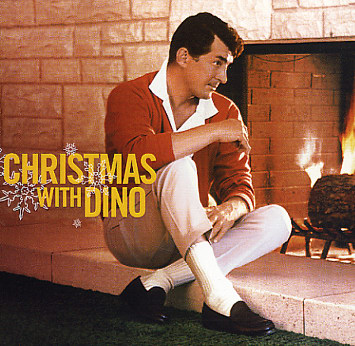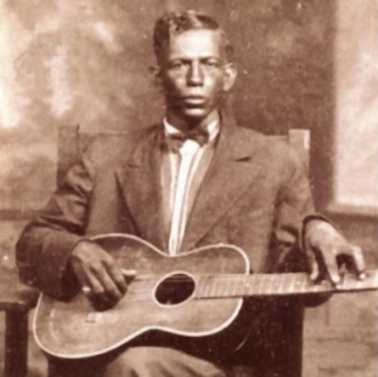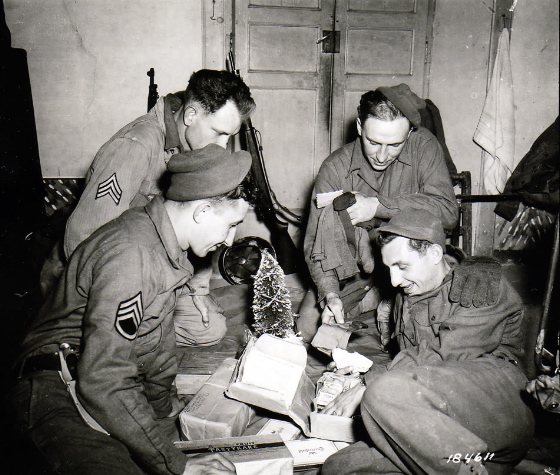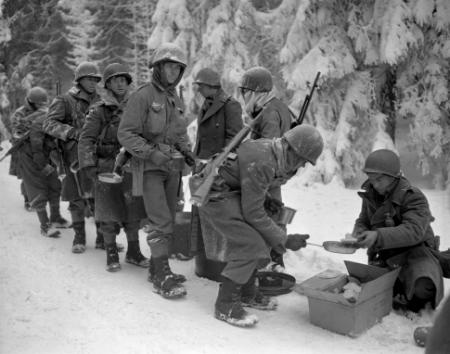
I agree with Barack Obama that this nation needs to have an open, civil, humane and respectful conversation about divisive cultural issues like gay marriage. I would even agree that the conversation needs to include neurotic homophobes like Rick Warren, a man who went out of his way to hurt and shame homosexuals by comparing their behavior to pedophilia — the sexual exploitation of children, a form of rape.
Recently, Warren has refused to condemn the view of an African pastor he’s worked with who believes that gays should be put to death. “I don’t take sides in matters like this,” Warren has said. He doesn’t takes sides on the issue of putting people to death for their sexual orientation? He has apparently joined the Church Of St. Pontius Pilate. (We shouldn’t be too surprised — this is the most popular religious denomination on the face of the earth.)
It’s hard to imagine how a man like Warren could converse openly, civilly and respectfully with people he considers the moral equivalent of child molesters, of rapists, a man who refuses to condemn the murder of gays because they are gay. But many people share Warren’s irrational and hysterical attitude to gays and lesbians and they are Americans, too. Their attitude was formed either by social conditioning or by personal conflicts about their own sexuality, which aren’t crimes, after all . . . though perhaps not easily conducive to the kind of good-faith dialogue this nation needs.

The irrational nature of Warren’s views about gays and gay marriage is reflected in the intellectual dishonesty of his arguments, one of which is that all cultures and all religions have for five thousand years defined marriage as a union between a man and woman, whereas is fact many cultures and religions, including Judaism at one time, have also defined or do define marriage as a union between one man and several women. Warren is strongly against polygamy, however. It’s his prerogative, I guess, to pick and choose between historical precedents about the definition of marriage, but he certainly can’t claim any kind of intellectual integrity while doing so.
Warren is also a hypocrite. He doesn’t allow “unrepentant” homosexuals to join his church, and used to state this policy very clearly on his church’s web site. During the controversy over his role in Obama’s inauguration, however, this statement was removed from the web site. The policy hasn’t changed, presumably — Warren just doesn’t want too many people to know about it. Is it necessary to point out that if Jesus had directed his ministry only at the “repentant” he would have spent his whole life sitting on a rock somewhere waiting for the imaginary saints to show up to get the good word?

But even if neurotic, irrational and hypocritical folks like Warren have a place in the national conversation about homosexuality, why must they drown out the voices of the non-neurotic and honest opponents of gay marriage? There are thousands of religious figures in America who oppose gay marriage but don’t feel compelled to insult and humiliate gays, or to stand silent when there’s talk of murdering them, while making the case for their opinion. Doesn’t the media have some responsibility to present sane viewpoints on this subject, even as it reports on the lunacy of popular kooks like Warren?
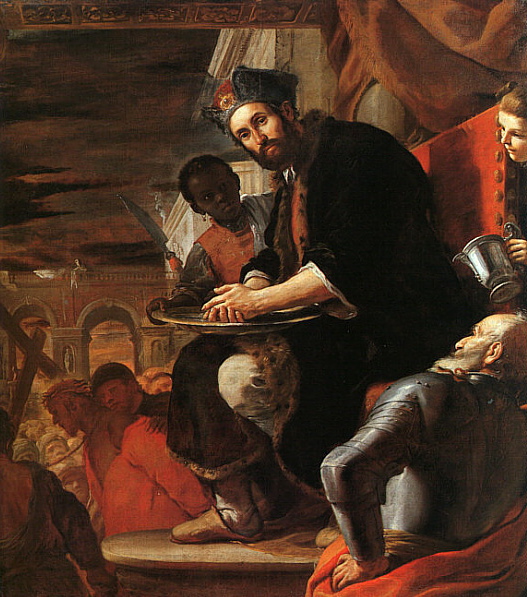
In Christian theology, we are all guilty of putting Jesus to death — i. e. we’ve got nothing on P. Pilate — and are all relieved of the sin of this by Jesus’s sacrifice. But even Pontius Pilate had the common decency, or perhaps just the good taste, not to show up among the disciples after the crucifixion, offering to buy them all a drink and let bygones be bygones — much less start a church in Jesus’s name. The disciples would undoubtedly have been too shocked by this to be insulted — they would have more likely tried to get the poor guy some professional help. Rick Warren needs our love, like everyone else, but he also needs lots and lots of therapy and he needs to be recognized as the deranged and tragic figure he is.
It shouldn’t be forgotten that Warren does a lot — really a lot — of good charitable work around the world. But is it too much to hope, in this Christmas season, that he might someday read the Gospels he pretends to preach — he must have a copy of them lying around somewhere — and find his heart touched by their message? (Hint to Pastor Rick — the take-away from those books is neither “Crucify him!” nor “I wash my hands of him”.)

